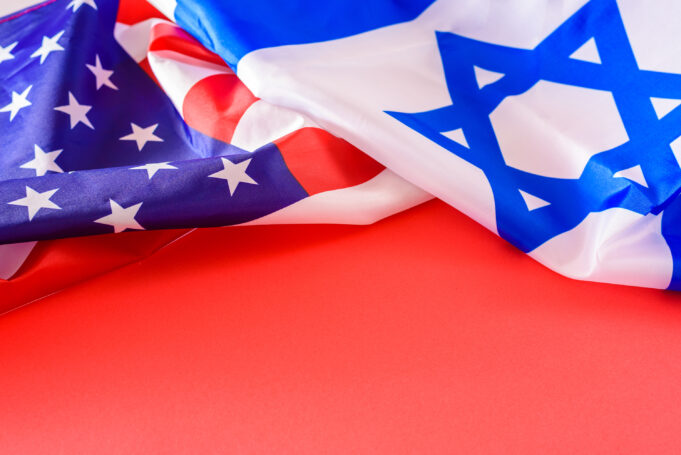For over one-month anti-government protests swept through the streets of the Islamic Republic of Iran sparked by the death of a 22-year-old Kurdish woman in police custody for breaking public social codes and allegedly physically beaten. Mahsa Amini was arrested Sept. 26 by the Iranian Guidance Patrol, which western media has dubbed the “morality police,” over an infraction concerning her hijab or Islamic hair covering.
The authorities denied the police assaulted Ms. Amini, and video footage circulated in the media didn’t show any apparent physical abuse. Iranian officials said Ms. Amini died from a heart attack and stroke stemming from pre-existing health ailments, which her family and supporters reject. Since her death, social media hashtags were shared with Ms. Amini’s name and media images showed women and girls removing their hijabs in protest with chants of: “Woman, Life, Freedom.” Nationwide demonstrations and international outcry have been ongoing since the incident.
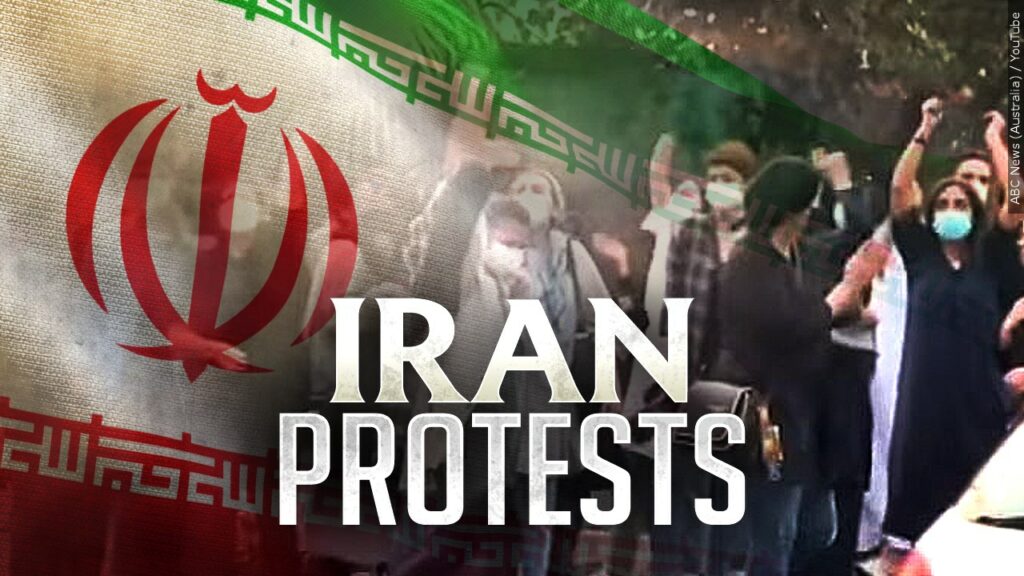
But questions loom about what triggered the intensity of the public outcry. Was it organic internal dissatisfaction of the Iranian people, usurped and redirected by special interest groups and personal agendas within Iran, or from abroad? Were demonstrations instigated by foreign powers like the United States and Israel acting on nefarious geopolitical aims? Or were the uprisings a volatile mix of all of them?
“I would say that it is a combination of all the above,” said Satareh Sadeghi, independent researcher, and podcast host, speaking to The Final Call from Iran.
There are social and economic grievances domestically that accumulated over time, not adequately addressed by the government, she explained.
“They have led to paving the ground for foreign interest groups and sources to be able to usurp these grievances and redirect them to what they are pursuing as their agenda,” said Ms. Sadeghi.
Foreign powers like the United States and Israel, in particular, have a history of antagonism against Iran and a lengthy record of threats of preemptive war and regime change. The Honorable Minister Louis Farrakhan of the Nation of Islam has warned for many years against America being entangled in Israel and exacerbating friction with Iran that could lead to war.
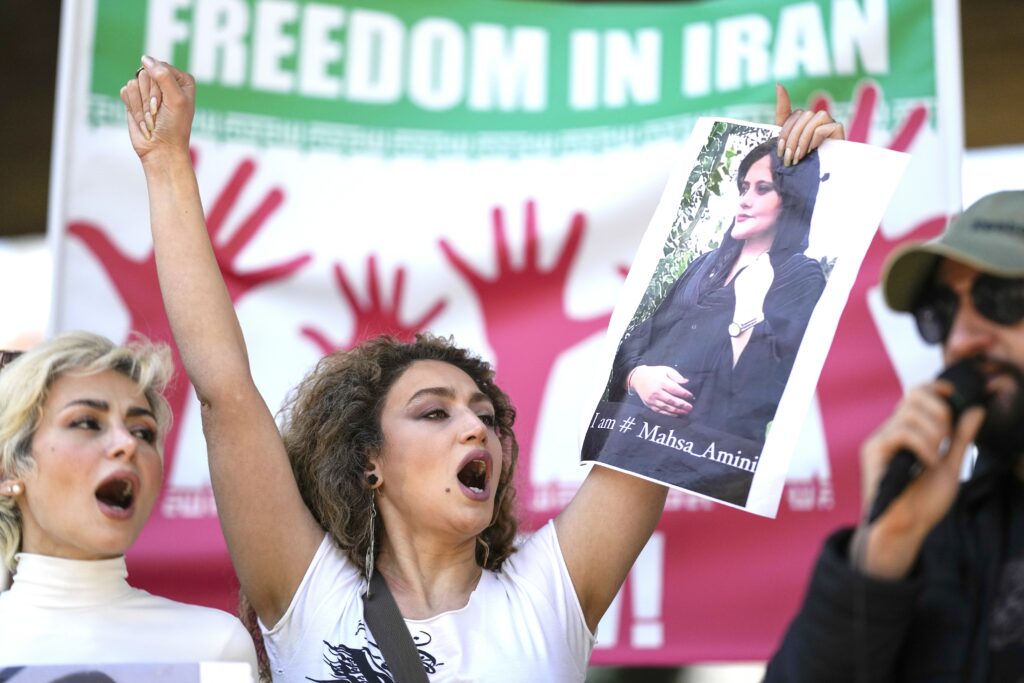
“They’re trying to provoke Iran,” Min. Farrakhan has cautioned in the past. The Muslim leader has visited Iran twice in recent years. Min. Farrakhan has been unflinching in warning U.S. presidents to cease their warmongering in the Middle East, and plotting regime change and assaults on Iran. War with Iran will be a catastrophic conflict the U.S. cannot win, Min. Farrakhan has said.
Israel has been forthright in efforts to keep a wedge between Washington and Tehran in efforts to undermine solving ongoing beef over the 2015 multination nuclear deal with Iran, which America unilaterally walked away from under former President Donald Trump.
Relations were icy since 1979 when an Islamic Revolution ousted a U.S.-backed puppet regime, only thawing with the 2015 agreement. America reinstated sanctions lifted as part of the agreement and entered a “maximum pressure” campaign of destabilization and regime change in Iran.
“The whole principle behind maximum pressure was if you put enough pressure on the Iranian government and the Iranian people, the nut will crack,” said Mouin Rabbani of the Arab Studies Institute and co-editor of Jadaliyya, an electronic news magazine. “You will have exactly the kind of unrest that you have now, and the regime will either implode or be overthrown,” he said.
Mr. Rabbani told The Final Call, history shows, however, that using maximum pressure to create a wedge between a government and its people is “a false approach” and that comprehensive and indiscriminate sanctions tend to strengthen the hand of the rulers by making the ruled “more dependent” than “independent” of the rulers.
Iran is a theocracy that came to power in an Islamic revolution overthrowing a pro-western monarch, Mohammad Reza Pahlavi, the Shah of Iran. Under a theocracy state governance and laws are based on the injunctions of religion. The fact that Iran has instituted “Guidance Patrols” designed to protect the social fabric of its society is an example.
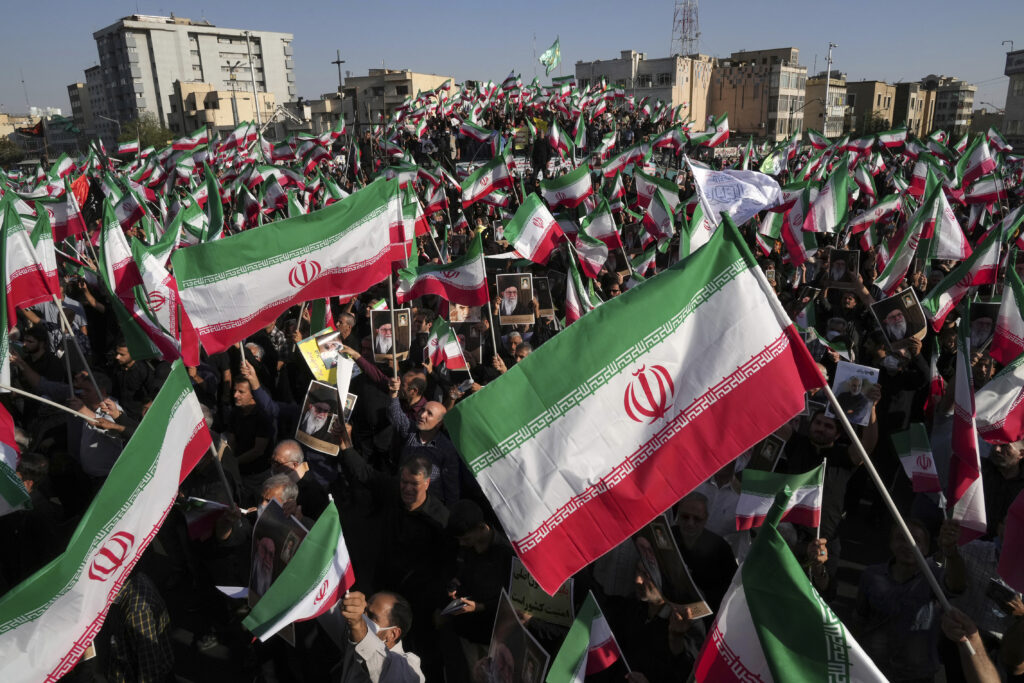
Internal problems exacerbated
Ms. Sadeghi said the situation in Iran can best be described in a quote by Iranian Supreme Leader, Ayatollah Seyyed Ali Khamenei: “The fly sits on the wound … you need to heal the wound,” meaning there are wounds inside Iran that must be healed. If not, the fly, which represents the enemy and foreign interests, will exploit it. Ms. Sadeghi said although the wave of protests began with the death of Ms. Amini, the messaging quickly morphed from a women’s rights issue to anti-regime slogans.
Sara Flounders of the Workers World Party and co-founder of the International Action Center said although there are issues and challenges within Iran, the narrative is incomplete without mentioning the damaging effect on the people from years of U.S. sanctions.
Ms. Flounders lambasted the duplicitous way America raised the Iranian question of women’s rights while being complicit in foreign policies that undermined women.
She pointed out a recent “Workers World” editorial about U.S. hypocrisy with its own “morality police,” referring to “patriarchal,” “White-supremacist,” “Christian-nation” ideologues who permeate the Supreme Court and many state legislatures.
“The ‘morality police’ is stalking through every state in the U.S.—so why is the corporate media whipping up so much high-toned indignation and scorn toward the ‘theocratic government’ of Iran?” said the September 26 editorial.
“How hypocritical for U.S. opinion-makers to ‘take the side of women’ in Iran—now that 20 years of U.S. war against Afghanistan’s Taliban, ostensibly to ‘liberate women,’ has left that country broken, its women and families in direst poverty,” said the article.
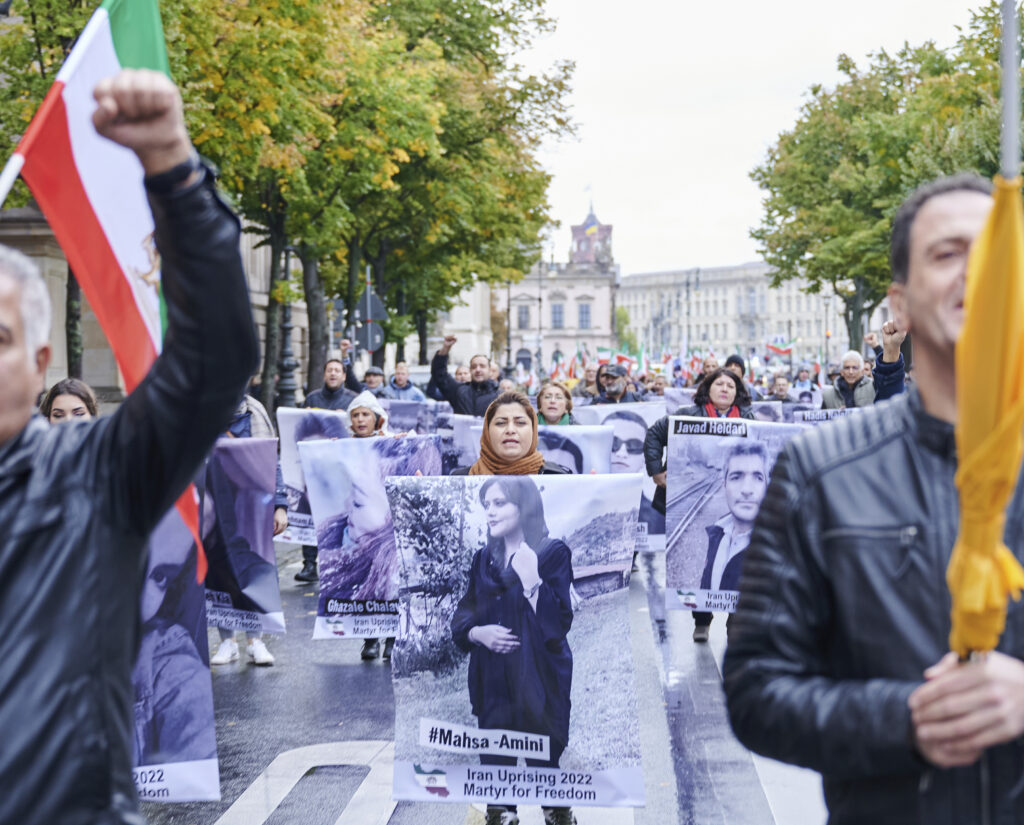
A point echoed by Ms. Sadeghi. “We have struggles here,” she said. “And we don’t want anyone to try to interfere or even talk about it. If they really want to show solidarity or support, they better push their governments to lift the sanctions,” she said.
Trouble, a sign of changing times?
“I think it’s primarily explained by the domestic situation,” agreed Mr. Rabbani. “You have increasingly a sclerotic regime which is taking increasingly … hardline measures to maintain itself and keep its people in check,” he said.
Added to the situation, Mr. Rabbani explained, are “informal militias” or state agencies that feel they have a license to do whatever they feel is necessary. “In this case, clearly, they went over what many people considered a red line,” he added.
Considering Iran’s generational demographic where 68.36 percent of the population is 15 to 64 years old, there is also a gap in how dissatisfaction and changing times are being managed.
Older generations, in many cases, have very vivid recollections of the horrible reign of the Shah and have more ideological commitment to the Islamic Republic, he explained.
“Whereas for younger generations, that are primarily formed by disillusionment with their present reality … aren’t really as anchored in the struggle of decades past as a basis for an allegiance to the current leadership,” he said.
Accepting unvetted narratives in western media foments hostility and misunderstanding about Iran’s diversity and also waxes against stereotypes of fanatical terrorists and intensely pious Shia Muslims. All women are not hijab adorned and bourka covered, nor are all men clerically robed in turbans and thobes, clutching dhikr beads. According to the Washington-based Middle East Institute, 97 percent of Iranian women are literate and comprise more than 60 percent of university students. Never before have so many women been educated as journalists, doctors, lawyers, engineers, and artists.
“It’s not a monolithic society… it’s very dynamic,” said Ms. Sadegleh.
There is a wide spectrum of public opinion on cultural, religious, and political issues from conservative to liberal. She pointed out that Iran has political parties, and protests have always existed concerning the Guidance Patrol and the pros and cons of its role in Iranian society.
Some conservative Iranians believe hijab for example and believe it should be mandatory, but that there is no need for it to be enforced by police. Some call for the abolishment of the Guidance Patrol, while others only want a change in its methods. People align themselves with different political orientations and support their causes, even condemning the government for certain things.
Mass protests in 2009 and 2019, among others, show that the Iranians can organize and actively seek reform and change. Sometimes it’s been over economic issues and the working class is more active. Sometimes it’s cultural issues and the middle class is more active.
“In order to understand Iran … and not to miscalculate the things that will happen in the future, you have to take into consideration that these various groups exist,” Ms. Sadegleh explained.
The tumult comes at a time of universal change, immaterial to the strength of support or dissatisfaction within a nation. Min. Farrakhan said no government leader enjoys 100 percent satisfaction from their people. There is a universal cry for justice and no nation is spared from the cry. He was warned, from his teacher, the Most Honorable Elijah Muhammad, that America the mischief-maker and instigator will come out of the Middle East region. There will be blood and “plenty” of it Mr. Muhammad cautioned.
“This is what you are bargaining for: the end of your beautiful cities. A punishment coming from Allah, through war, because of deviation from the divine path that Prophet Muhammad laid down 1,400 years ago,” Min. Farrakhan told an international prayer line in May 2018.
He explained the Muslim world is a long way off the path and in need of guidance to get back to the straight path of God.
“But who will guide you? And will you listen to the guidance if it comes from a source that you have no confidence or faith, or believe in? We are waiting for Al-Mahdi—and we have said to Iran, ‘The Mahdi is not to come, He has already come.’ And He is with us in America that we may guide you back to the path of God, that you may save your lives in this terrible time of divine judgment,” the Minister said.
“You may believe it or let it alone. Our world of Islam is in serious trouble, and if we don’t stop and take stock of ourselves, and turn back to Allah with sincere repentance, the Middle East will be bathed in blood—and that blood will come all the way up to Mecca and the Holy House,” said Min. Farrakhan.












